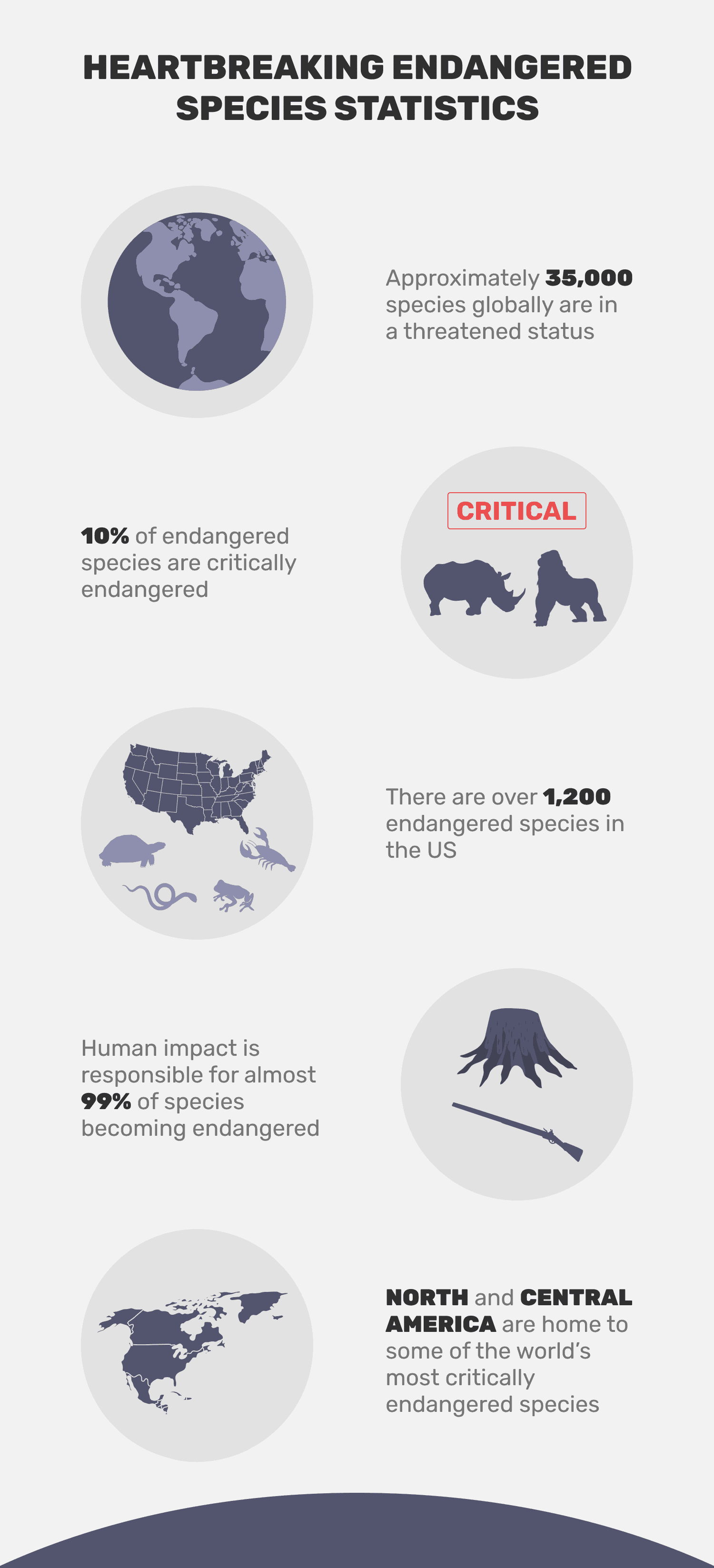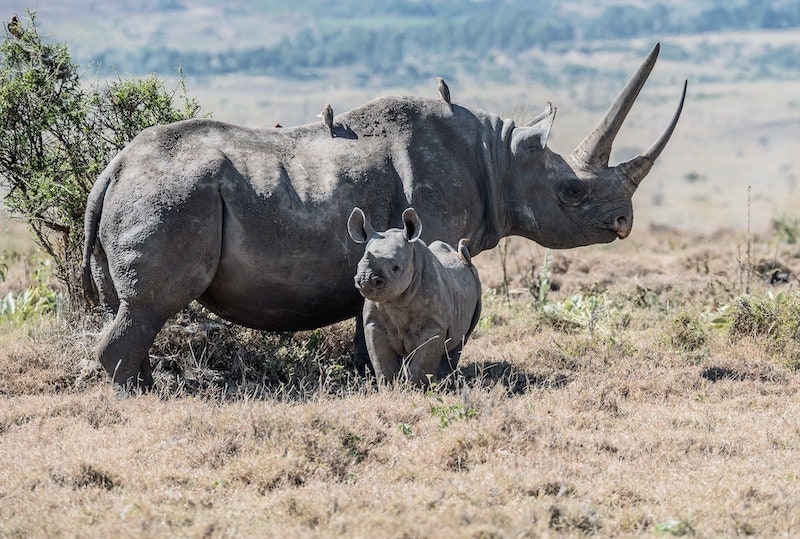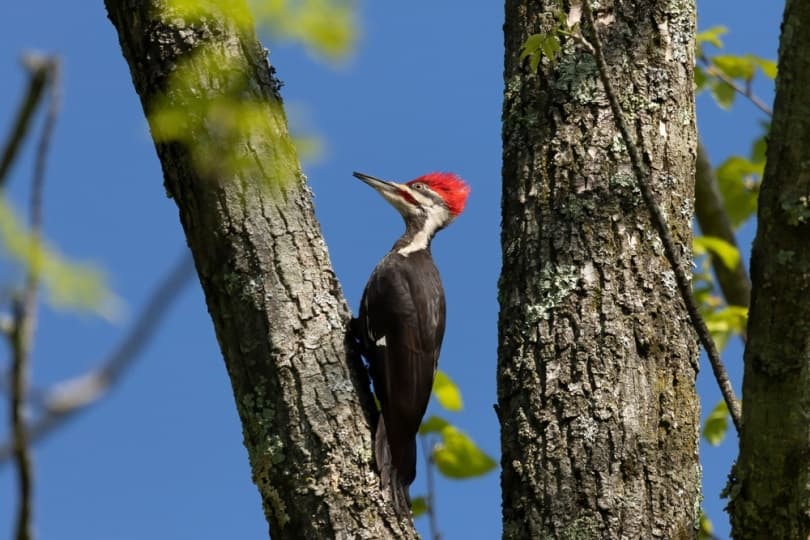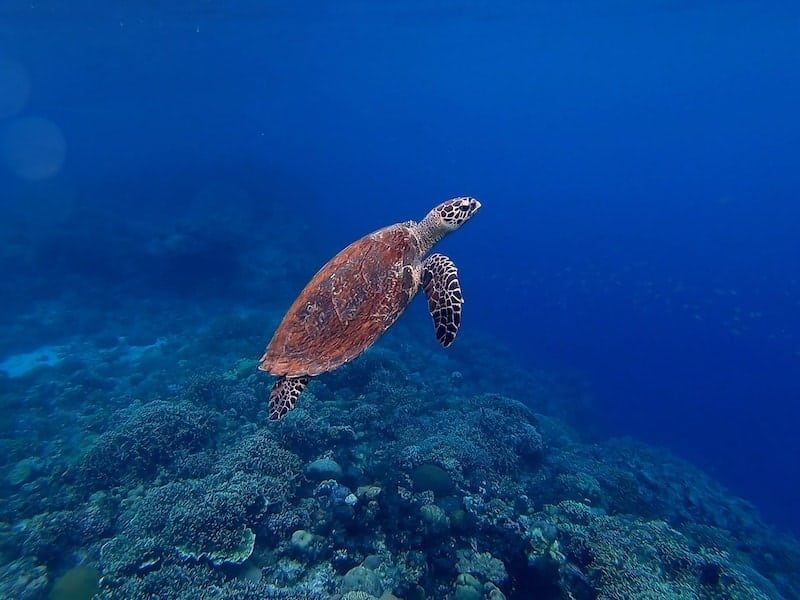Note: This article’s statistics come from third-party sources and do not represent the opinions of this website.
Endangered species are something that we are becoming increasingly aware of every day. We hear about animals and plants dying off at astronomical rates, often due to the poor stewardship that humans have shown toward the planet and the things living on it.
It’s important to educate ourselves about the importance of endangered species to our planet in order to better protect them and to support the populations of non-endangered species. In this article, we look at heartbreaking endangered species statistics.
Click to Skip Ahead:
- Endangered Species Overview
- Human Impact on Endangered Species
- Improvements to Support Endangered Species

Top 10 Endangered Species Statistics
- The International Union for Conservation of Nature (IUCN) currently lists over 35,000 species as threatened.
- IUCN lists around 10% of the endangered species as critically endangered.
- There are over 1,200 endangered species in the United States.
- The U.S. Fish and Wildlife Service proposed the removal of 23 species from federal protections due to extinction.
- Humans are directly responsible for a huge jump in the rate of species endangerment and extinction.
- Almost 99% of endangered species today were put in that position by humans.
- North and Central America are home to some of the most critically endangered species that have been made endangered by human activities.
- IUCN is working toward better resources for tracking species’ reintroductions and recoveries.
- The 1973 Endangered Species Act was a smashing success in the United States.
- The World Wildlife Federation (WWF) has shown progress in supporting endangered species’ populations via the promotion of policy changes, legislation, and education that support ending wildlife crime.


Endangered Species Overview
1. The International Union for Conservation of Nature (IUCN) currently lists over 35,000 species as threatened.
(IUCN)
IUCN has assessed 134,425 species, and over 25% of the assessed species have been listed as threatened. The organization’s current goal is to assess 160,000 species globally.

2. IUCN lists around 10% of the endangered species as critically endangered.
(IUCN)
Over 3,400 of the species on the IUCN Red List are listed as critically endangered. Critically endangered species are also considered to be “probably extinct,” but further evidence is required to prove that the species is extinct. Some critically endangered species may be extinct in the wild but still exist in captivity.
3. There are over 1,200 endangered species in the United States.
(Statista)
As of 2021, the United States is home to 771 endangered plants and 501 endangered animals. This includes 94 fishes, 76 birds, 76 clams, 74 insects, 68 mammals, 39 snails, 24 crustaceans, 22 amphibians, 16 reptiles, and 12 arachnids.
4. The U.S. Fish and Wildlife Service proposed the removal of 23 species from federal protections due to extinction.
(Federal Register)
On September 30, 2021, the U.S. Fish and Wildlife Service proposed a legal action to remove 23 species from the Federal Lists of Endangered and Threatened Wildlife and Plants. The department felt it necessary to remove these species from federal protection due to complete extinction.
This list of species includes the Molokai creeper, Kauai honeycreeper, little Mariana fruit bat, upland combshell, green blossom pearly mussel, turgid blossom pearly mussel, ivory-billed woodpecker, and San Marcos gambusia.


The Impact of Humans on Endangered Species
5. Humans are directly responsible for a huge jump in the rate of species endangerment and extinction.
(World Wildlife Federation)
According to WWF, species are becoming extinct at a rate at least 100–1,000 times higher than what occurs in nature without human involvement or intervention. Humans impact ecosystems through farming and development, limiting the places where many species can safely live. Hunting and the introduction of non-native species have also proven to be detrimental to native wildlife populations.
6. Almost 99% of endangered species today were put in that position by humans.
(DoSomething)
The fact that around 99% of the species alive that are endangered were made endangered by humans is shocking. Whether through pollution, climate change, land development, hunting, or other ways, humans were a direct cause of why each of these species ended up in the position of being endangered.

7. North and Central America are home to some of the most critically endangered species that have been made endangered by human activities.
(IUCN)
Of the species that have become critically endangered, multiple species are native to North and Central America. This includes hammerhead sharks, macaws, some species of bumblebees, North Atlantic right whales, Vaquita dolphins, and red wolves.

Improvements to Support Endangered Species
8. IUCN is working toward better resources for tracking species’ reintroductions and recoveries.
(IUCN)
In 2021, IUCN introduced its Green Status of Species proposition. In its words, this initiative aims to create “a global standard for measuring species recovery and assessing conservation impact.” This initiative will allow for better monitoring of how successful species are after being reintroduced into the natural environments they have been extirpated from.
9. The 1973 Endangered Species Act was a smashing success in the United States.
(USA Today)
The Endangered Species Act lists endangered and threatened species, providing them with federal protections that protect their numbers and help maintain their ecosystems. This act has proven to be highly successful, with 99% of all species listed being brought back from imminent extinction. Of the 1% that were not saved, most were likely extinct before 1973 and had not been documented as such.

10. The World Wildlife Federation (WWF) has shown progress in supporting endangered species’ populations via the promotion of policy changes, legislation, and education that support ending wildlife crime.
(WWF)
Through partnerships with companies and governments and active lobbying and education, WWF has shown progress toward eliminating wildlife crimes like poaching and the ivory trade. Thanks to their efforts, governments and citizens are becoming empowered to protect some of the most at-risk wildlife left in the world, including African elephants, fin whales, and multiple species of sea turtles.

Frequently Asked Questions About Endangered Species
How long does it take for an endangered species to be declared extinct?
To be considered fully extinct, a species must not be seen in the wild for multiple years. Most of the time, it takes decades for a species to be declared extinct. It is not a decision that is made lightly. It can be challenging to know that a species is fully extinct, especially when dealing with species that live in areas with minimal human interaction.
Without human involvement, do species ever naturally become endangered or extinct?
Yes, sometimes species do become endangered or go extinct without any human involvement. It is an unfortunate but natural part of the world of living things. Naturally, somewhere between one and five species go extinct annually. With human involvement, though, the number of species lost per year may exceed 1,000. (DoSomething)
Are some species more likely to become endangered than others?
Unfortunately, some environments are more prone to cause species to become endangered than others. The oceans and freshwater bodies are some of the most densely populated parts of the world, home to over 1 million species. The oceans are also the most polluted places on the planet, which leads to a largely increased chance of species becoming endangered.
Do zoos make the problems worse for endangered animals?
Not at all! Zoos that are accredited through the Association of Zoos and Aquariums (AZA) are part of a global initiative to support populations of endangered and threatened species. These zoos support education to ensure that the worldwide population understands the important role that each species of plant and animal plays in its respective ecosystem. The AZA uses around $7.7 million annually to support conservation efforts worldwide. (AZA)
Have any endangered species been successfully reintroduced to the wild?
Yes, due to efforts from organizations like the AZA, multiple species have been reintroduced to the wild. The IUCN has successfully prevented 13 mammals and six birds from becoming extinct. Breeding programs enabled over 1,000 Arabian oryx to be released into their native environment. The golden lion tamarin was successfully reintroduced to its native habitat in Brazil after becoming extinct in the wild. This species is still at high risk for extinction but is on its way to being stable. (Tree Hugger)


Final Thoughts
We have a responsibility to our planet to support conservation and make choices that protect the species living here. Otherwise, we will continue to lose species at alarming rates. With every species we lose, more and more species become at risk. The more we lose, the more we risk, and the more we risk, the more we lose. The cycle will continue without everyone’s efforts to sustain and improve what we have.
See Also:
- 10 Canadian Endangered Species Statistics to Know
- What Do Wolves Eat? Nutritional Facts With Dog Comparison
- The 13 Most Dangerous Animals in the UK: Statistics to Know
Featured Image Credit: Stephane Bidouze, Shutterstock
